What are the benefits of supporting your employees’ wellbeing? The ultimate guide to workplace wellbeing
Employee concerns on wellbeing have risen by 88% between 2022-2023.
Poor employee wellbeing can have a detrimental impact on productivity, absence, employee engagement and overall organisational performance. It’s been proven many times that happier and engaged employees are more productive.
In our guide to workplace wellbeing, we look into how you can support your employees by raising the standard of work life through this socio-economic climate.
What is employee wellbeing?
Employee wellbeing is about more than simply supporting individuals who are struggling. Workplace wellbeing is about developing a culture that allows employees to thrive.
This all starts with an employee wellbeing strategy which is likely to vary based on company size, industry and budget. Progressive organisations are even introducing independent wellbeing strategies which include the strands of physical, mental and financial wellbeing support for employees.
Either way, employee wellbeing strategies will likely include tactical ways to provide support in the short-term, preventative measures to avoid things like burnout, absenteeism and other work-related ill health, as well as a long-term view of how to embed a wellbeing culture into the everyday running of your organisation.
Why is employee wellbeing important?
In short, many of us spend the majority of our waking time at work. The way we feel about our work impacts our personal lives and vice versa. If we’re struggling in our home life, this undoubtedly affects our ability to contribute effectively in the workplace.
Offering a range of meaningful benefits to support the wellbeing of employees can have many tangible and intangible benefits for organisations, and risks for those that overlook their most valuable asset – their people.
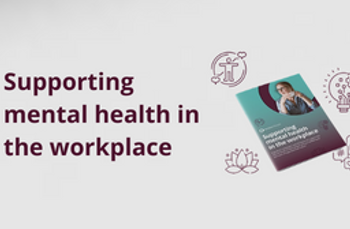
We explore ways to equip leaders, managers and employees with the knowledge and skills to address mental health at work.
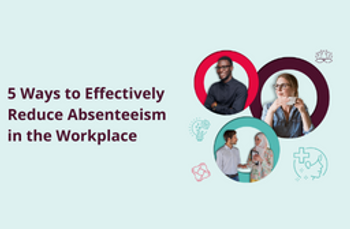
We take a look at the causes of and costs associated to absenteeism and a few suggestions to help both prevent and respond to absenteeism in the workplace.
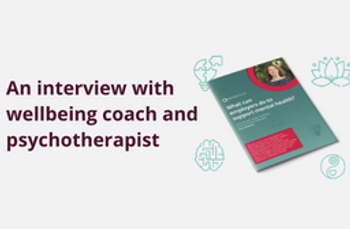
We interview expert facilitator, coach and psychotherapist Lucy Gleeson about how she coaches organisations on supporting the mental health and wellbeing of their workforce.
What are the 6 benefits of supporting your employees’ wellbeing?
The benefits of improved employee wellbeing won’t just be seen in the less tangible benefit of a happier and healthier workforce – though that should be a moral obligation for employers to strive to achieve in its own right. The benefits will likely be seen in more tangible ways for organisations conducive with measuring the impact of HR investment too, such as:
- Increased employee productivity:
Employees that are healthy and well are going to be more motivated and efficient than those that are stressed, burnt out or just don’t feel valued. - Improved engagement:
A Gallup study found that when employees are engaged, burnout decreases, and productivity and wellbeing increase. - Better retention:
Employers who create a positive wellbeing culture can expect to see 11% lower staff turnover than those that do little to prioritise employee wellbeing. - Reduction in sick leave, absenteeism and presenteeism:
Studies found that lack of support for employee wellbeing costs UK employers £7bn in absence costs and up to £29bn in presenteeism costs each year. - Avoiding crisis point:
75% of organisations in one survey agreed that providing early intervention strategies for employee wellbeing can avoid problems such as stress, burn out and disengagement from occurring in the first place. - Enhanced employer brand and reputation:
Organisations that put wellbeing at the heart of their culture will be attracting the best talent. This generation expects to work in environments that provide much more holistic employee wellbeing benefits.
Financial wellbeing at work
Money worries don’t just affect an individual’s financial health; they are one of the single biggest causes of stress, affecting mental and physical health if left unchecked. They are also an issue for businesses with lower productivity, higher absenteeism, and higher staff costs, which hurts business performance.
We know wellbeing plays a key role in a person’s ability to engage at work and be productive. According to a CIPD health and wellbeing report, over 1/3 of workers aged between 25 and 34 have admitted to being less productive at work due to financial worry alone. While more employers than ever are taking action to improve employee wellbeing, some are still overlooking the financial aspect.
A strong financial wellbeing offering should be part of a wider holistic workplace wellbeing strategy. Aside from seeing increases in productivity and decreased staff turnover and absences, in the context of the talent and skills crisis many organisations are likely to achieve improved attraction and retention rates too.
Considering the impact of financial wellbeing in the workplace, there is an opportunity for organisations to support employees. Here are some resources we think could help:
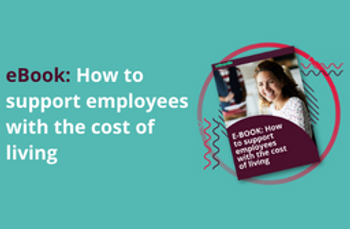
There are several employee benefits that can help employees cut costs. Download our latest eBook to find out more.
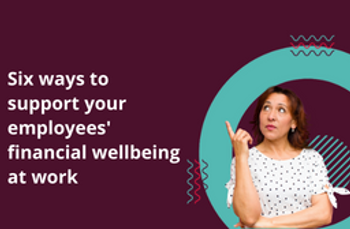
We take a closer look at the impact of poor financial wellbeing in the workplace and explore six ways that organisations can better support the financial wellness of their employees.
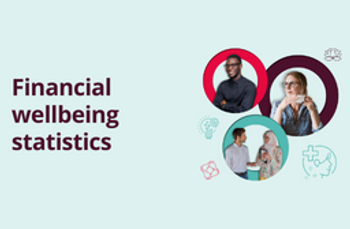
We recently conducted a survey of over 200 HR managers in collaboration with HR Grapevine, download our latest infographic to find out more.
5 ways to improve employee wellbeing in your workplace
Taking a break from a stressful environment can produce immediate results, but employers should look at addressing employee wellbeing before it can turn into crises. We need more preventive action, rather than focusing on giving time off as the only solution when employees are affected.
Here are 5 key workplace wellbeing strategies:
A combination of wellbeing awareness training, employee recognition tools, talent management, career development, on-demand pay, employee discount schemes and absence management software can all provide HR teams with with the tools they need to support and report on employee wellbeing and measure success from their digital investments.
Crucially, for a wellbeing strategy to be successfully embedded, it needs to have involvement from senior management, both in setting the strategy and by living and communicating it themselves.
Employee wellbeing is not simply an HR initiative. Ultimate responsibility for the overall health and engagement of employees at work sits with senior management, but yet it can often be difficult to persuade management to buy into the benefits of employee wellbeing. However, without appropriate support and investment, employee wellbeing can become that infamous ‘tick-box’ task that renders it meaningless.
Take a look at our latest guide on how to build a business case for employee wellbeing
Our guide will help you identify gaps in your organisation, build your case for investment and prioritise where to focus your time, effort and budget.





